Nvidia and xAI said a data center being built in Saudi Arabia and equipped with hundreds of thousands of Nvidia chips will count xAI as its first customer.


A Princeton team built a new tantalum-silicon qubit that survives for over a millisecond, far surpassing today’s best devices. The design tackles surface defects and substrate losses that have limited transmon qubits for years. Easy to integrate into existing quantum chips, the approach could make processors like Google’s vastly more powerful.

“You should have a few good years ahead of you but I wouldn’t hold my Bitcoin,” Peronnin said, laughing. “They need to fork [move to a stronger blockchain] by 2030, basically. Quantum computers will be ready to be a threat a bit later than that,” he said.
Quantum doesn’t just threaten Bitcoin, of course, but all banking encryption. And it is likely that in all these cases companies are developing quantum resistant tools to upgrade their existing security systems.
Defensive security algorithms are improving, Peronnin said, so it’s not certain when the blockchain will become vulnerable to a quantum attack. But “the threshold for such an event is coming closer to us year by year,” he said.
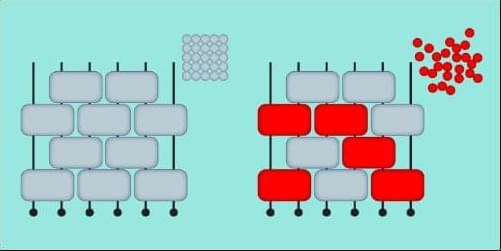

Optical quantum computers are gaining attention as a next-generation computing technology with high speed and scalability. However, accurately characterizing complex optical processes, where multiple optical modes interact to generate quantum entanglement, has been considered an extremely challenging task.
A KAIST research team has overcome this limitation, developing a highly efficient technique that enables complete characterization of complex multimode quantum operations in experiment. This technology, which can analyze large-scale operations with less data, represents an important step toward scalable quantum computing and quantum communication technologies.
A research team led by Professor Young-Sik Ra from the Department of Physics has developed a Multimode Quantum Process Tomography technique capable of efficiently identifying the characteristics of second-order nonlinear optical quantum processes that are essential for optical quantum computing.
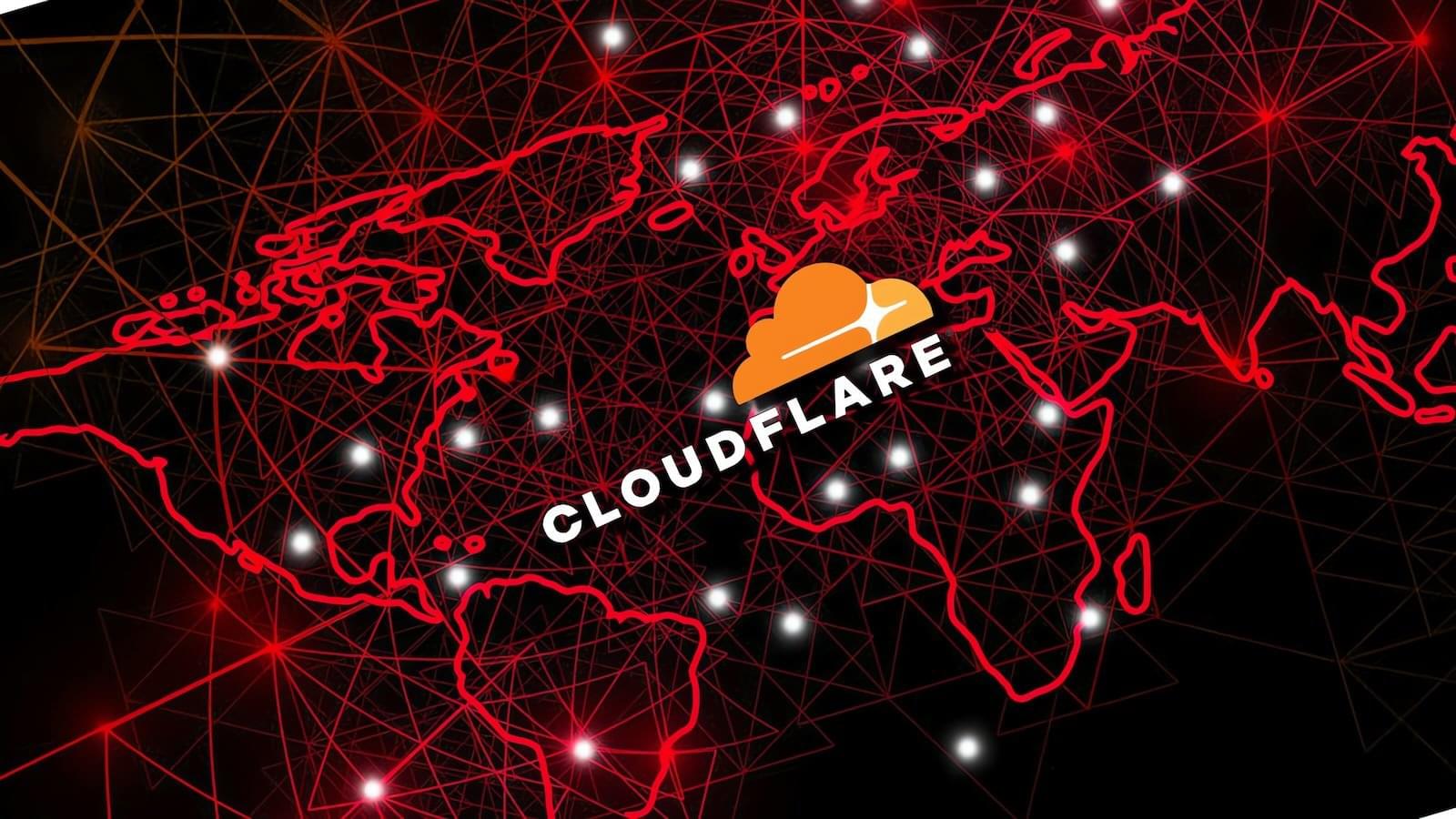
Cloudflare is investigating an outage affecting its global network services, with users encountering “internal server error” messages when attempting to access affected websites and online platforms.
Cloudflare’s Global Network is a distributed infrastructure of servers and data centers located in over 330 cities across more than 120 countries, delivering content delivery, security, and performance optimization services.
It has 449 Tbps global network edge capacity and connects Cloudflare to over 13,000 networks, including every major ISP, cloud provider, and enterprise worldwide.
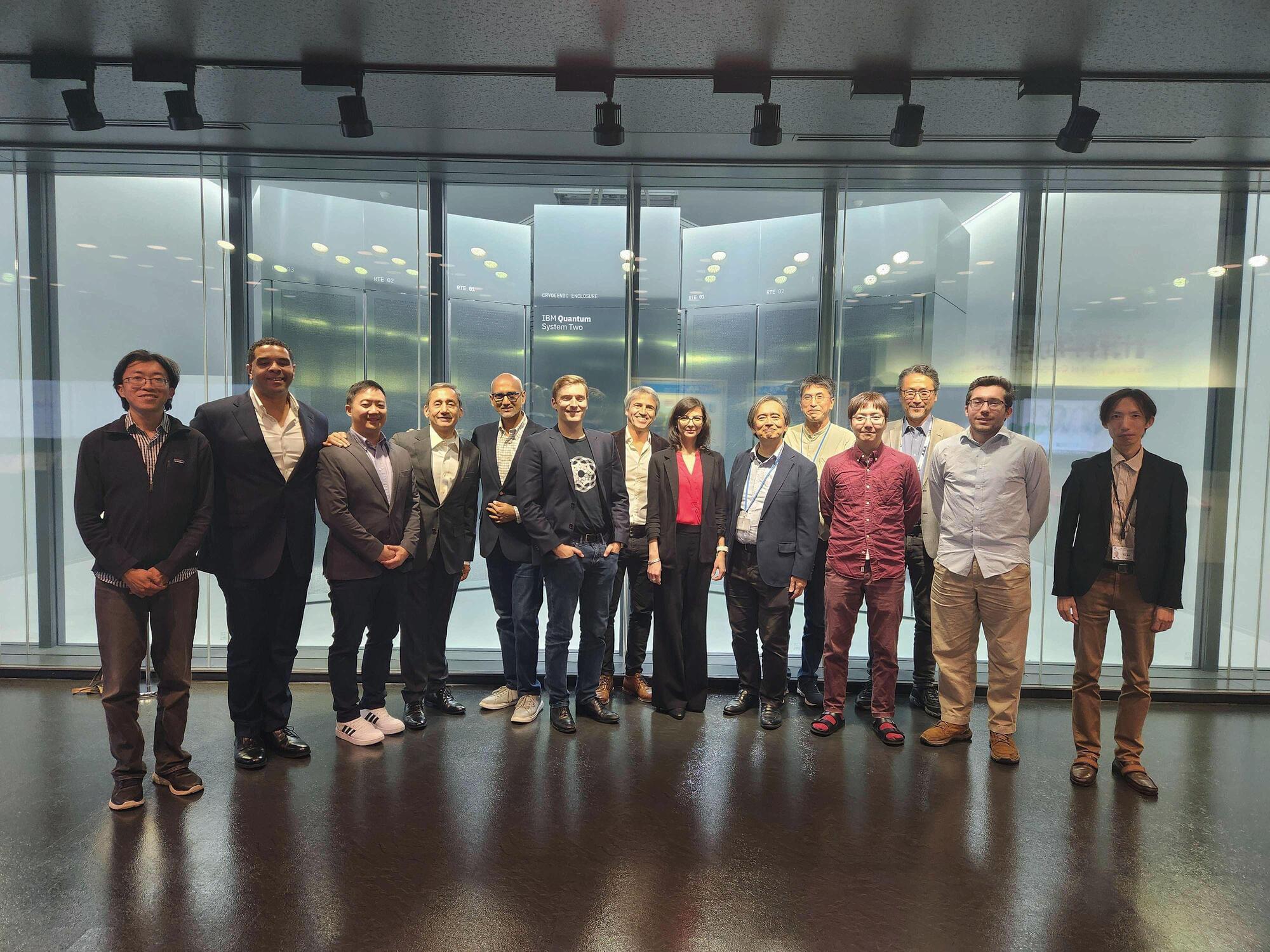
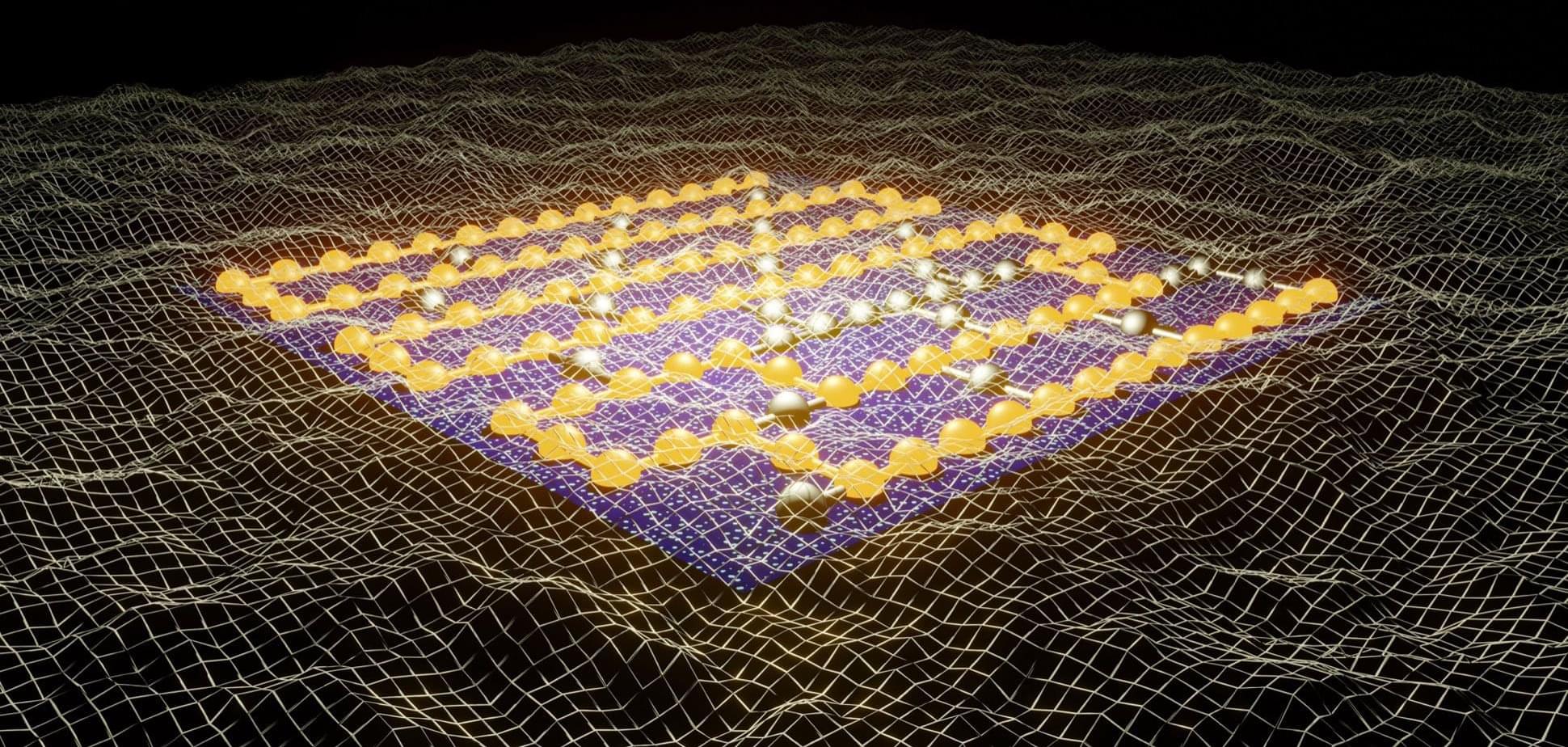
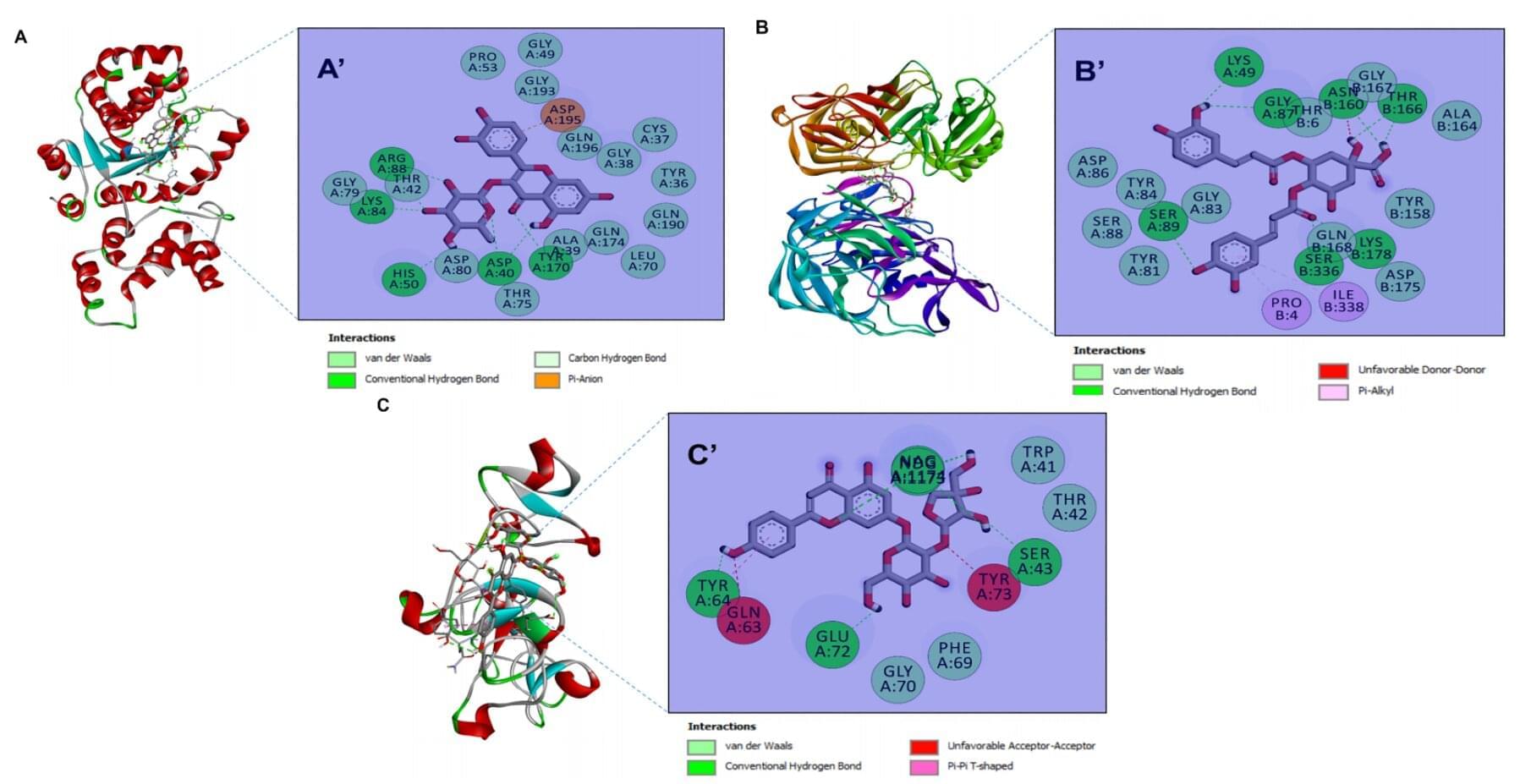
As drug-resistant infections continue to rise, researchers are looking for new antimicrobial strategies that are both effective and sustainable. One emerging approach combines nanotechnology with “green” chemistry, using plant extracts instead of harsh chemicals to produce metal oxide nanoparticles.
A new study published in Biomolecules and Biomedicine now reports that zinc oxide nanoparticles (ZnONPs) biosynthesized from four desert plants with medicinal properties can inhibit a wide spectrum of bacteria, yeasts and filamentous fungi in laboratory tests. The work also links the plants’ rich phytochemical profiles to nanoparticle stability and potency, and uses computer modeling to explore how key compounds might interact with microbial targets.
The study is the first to produce ZnONPs from species that thrive in harsh, arid environments and are often under-used or even considered invasive. “By turning resilient desert plants into tiny zinc oxide particles, we were able to generate materials that are both eco-friendly to produce and surprisingly active against a range of microbes,” the authors write. “These green nanoparticles could form the basis for future antimicrobial formulations, pending further safety and efficacy testing.”

A collaboration between SISSA’s Physics and Neuroscience groups has taken a step forward in understanding how memories are stored and retrieved in the brain. The study, recently published in Neuron, shows that distinct perceptual biases—long thought to arise from separate brain systems—can, in fact, be explained by a single, biologically grounded mechanism.
The research, led by professors Sebastian Goldt and Mathew E. Diamond, and first author Francesca Schönsberg (now a junior research chair at the École Normale Supérieure), brings together theoretical physics, computational modeling, and behavioral neuroscience to bridge decades of fragmented research on perceptual memory. Yukti Chopra and Davide Giana carried out laboratory experiments to provide the empirical data that the model was tested against.